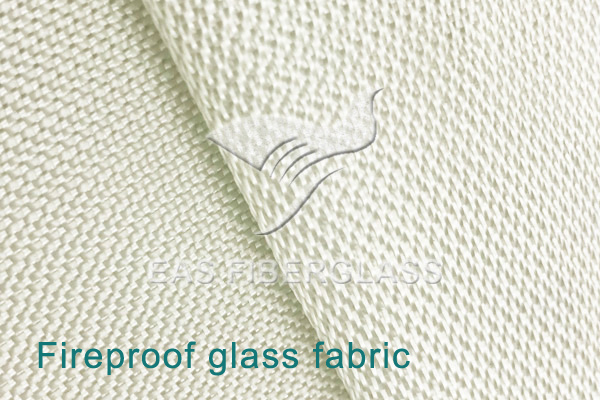Under normal circumstances, monofilament glass fiber cloth can be divided from the glass raw material composition, monofilament diameter, fiber appearance, production method and fiber characteristics, etc. The following is a detailed introduction to the basic types of monofilament glass fiber cloth:
1. According to the composition of glass raw materials: usually used in the classification of continuous glass fiber cloth, distinguished by different alkali metal oxide content, alkali metal oxide refers to sodium oxide and potassium oxide. In the glass raw material, soda ash and other substances are introduced. Alkali metal oxides are the main components of ordinary glass, and their role is to lower the melting point of the glass.
2. According to the diameter of monofilament: monofilament glass fiber cloth is cylindrical, so its thickness can be expressed by diameter. Generally, the drawn glass fiber cloth is divided into several types according to the diameter range.
3. Distinguish according to fiber appearance: The appearance of glass fiber cloth, that is, its shape and length depends on its production method and its use.
4. Distinguish according to fiber characteristics: mainly include high-strength glass fiber cloth, high-modulus glass fiber cloth and conductive fiber cloth.
Heat transfer mechanism and insulation principle of glass fiber cloth refractory fiber:
The main heat transfer medium of refractory fiber is gas, and the porosity of refractory fiber reaches more than 90%. The gas composition in the pores directly affects the thermal conductivity of refractory fiber. The heat transfer of refractory fiber is a logarithmic curve, and the thermal conductivity value rises faster when the temperature is higher than 700C.
Heat transfer refers to the spontaneous flow of heat from a high temperature area to a low temperature area, and is an energy transfer phenomenon caused by temperature differences. In nature, whether in a medium or between two mediums, as long as there is a temperature difference, a heat transfer process will occur.
We call the heat transferred from an object or person per unit time as heat flow. The heat flux per unit area perpendicular to the direction of heat flow is called heat flux density.
According to the physical mechanism of heat transfer, there are three ways of heat transfer: heat conduction, convection and radiation.
 EAS Fiberglass Co.,Ltd is a professional fiberglass products supplier and provide comprehensive and effective material industrial solution covering market high performance FRP, high effective temperature insulation, high convenient construction. Nowadays, EAS owns various products lines of fiberglass yarn forming, woven fabrics, fabrics coating/lamination, FRP etc. The complete products lines enable EAS highly mastering the quality control and products market competitive. Taking this advantage involve us in large many projects and enhence the brand promotion. Certified ISO9001-2008 equips EAS stuff and management more professional operation. Certification of test report for producs are made by third party laboratory SGS, TUV, DNV, etc.
EAS Fiberglass Co.,Ltd is a professional fiberglass products supplier and provide comprehensive and effective material industrial solution covering market high performance FRP, high effective temperature insulation, high convenient construction. Nowadays, EAS owns various products lines of fiberglass yarn forming, woven fabrics, fabrics coating/lamination, FRP etc. The complete products lines enable EAS highly mastering the quality control and products market competitive. Taking this advantage involve us in large many projects and enhence the brand promotion. Certified ISO9001-2008 equips EAS stuff and management more professional operation. Certification of test report for producs are made by third party laboratory SGS, TUV, DNV, etc.
